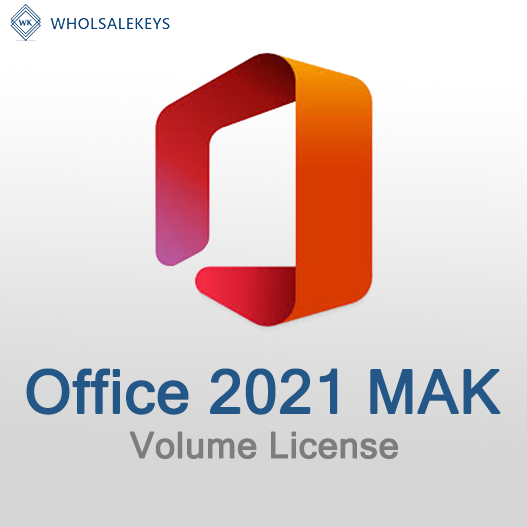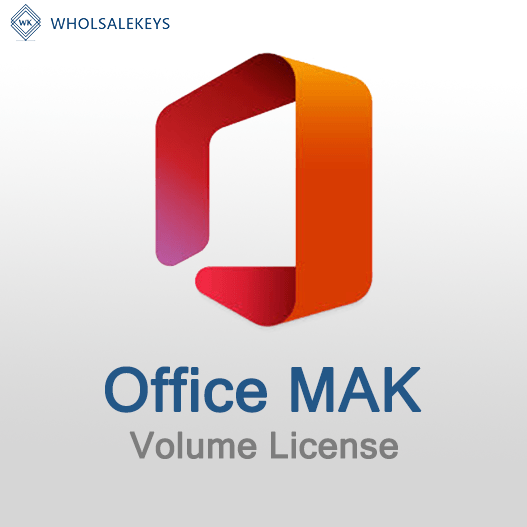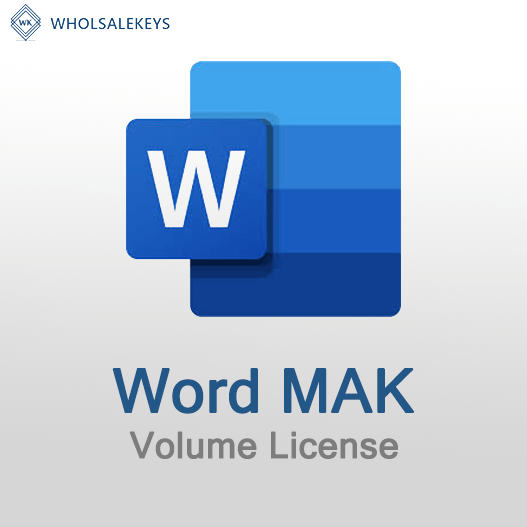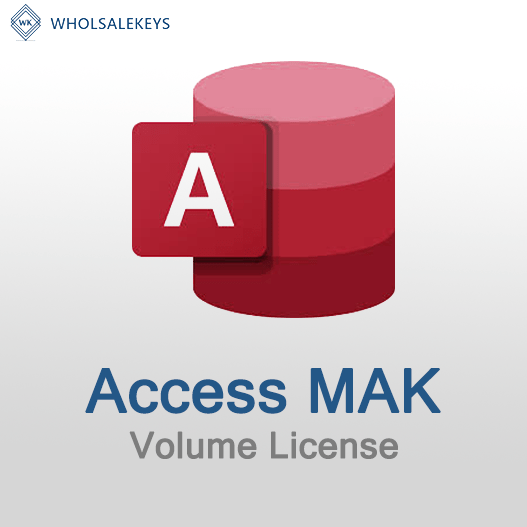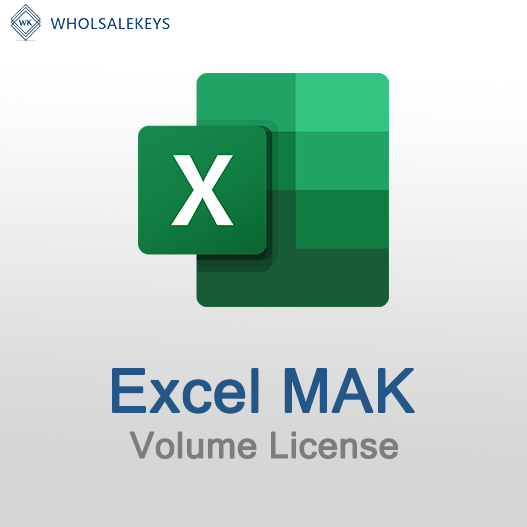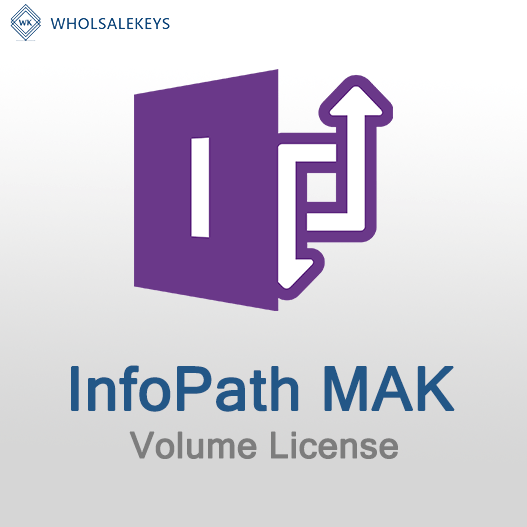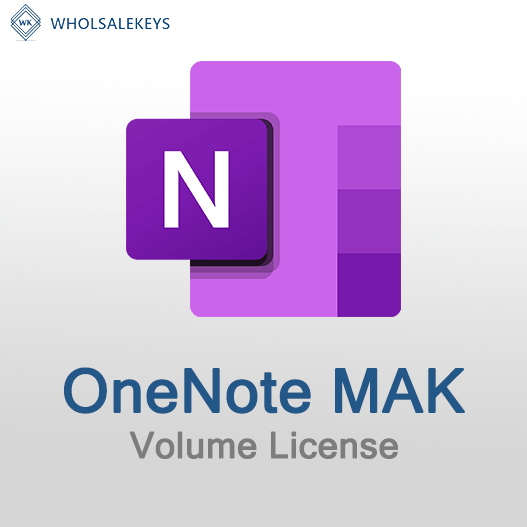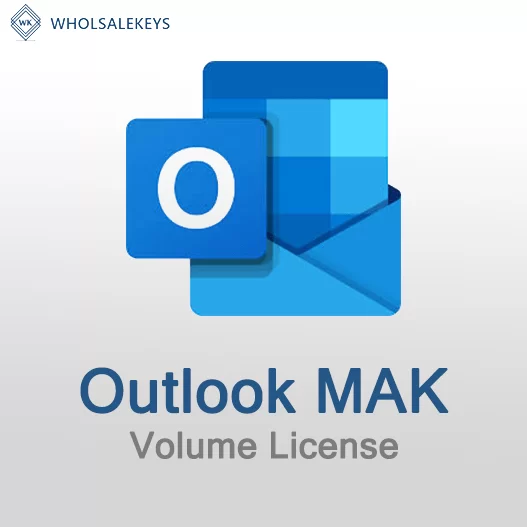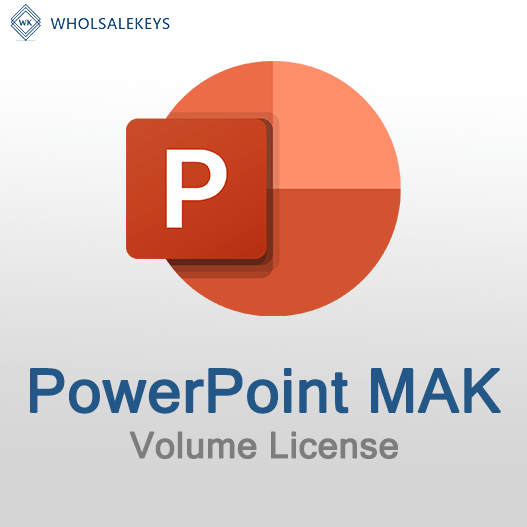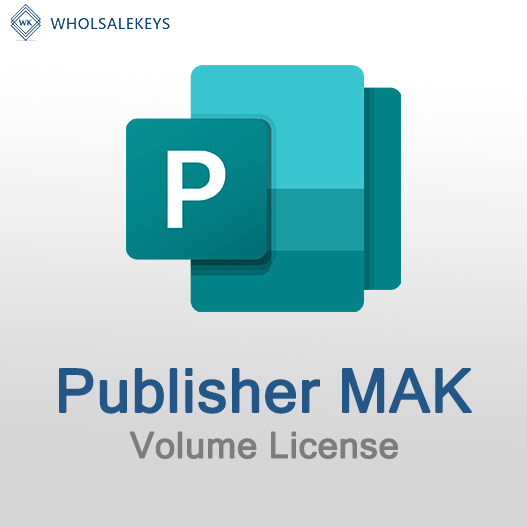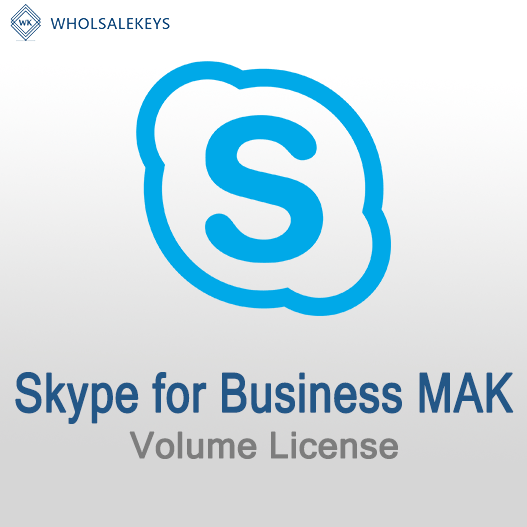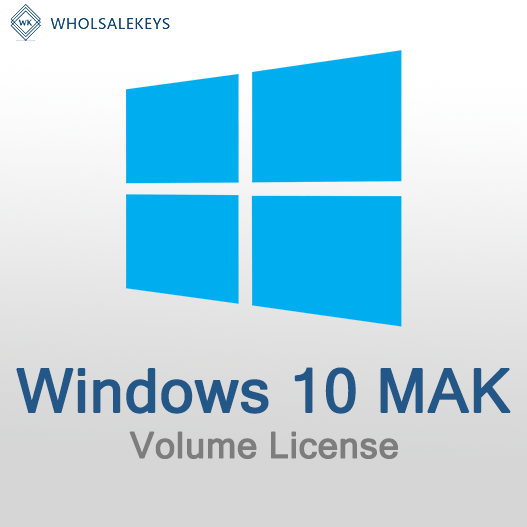Home » Common Scenarios for Implementing MAK Activation
Common Scenarios for Implementing MAK Activation
Multiple Activation Key (MAK) activation is a versatile licensing solution that can address various scenarios and needs within organizations. Understanding when and where to implement MAK activation is crucial for efficient software management. In this guide, we’ll explore common scenarios where MAK activation is the ideal choice for software licensing.
Scenario 1: Limited or No Internet Connectivity
Challenge: In some environments, such as remote locations or isolated networks, internet connectivity may be limited or entirely unavailable. Traditional online activation methods may not be feasible in such cases.
Solution: MAK activation doesn’t rely on real-time internet access. Organizations can use MAK keys to activate devices in offline or low-connectivity environments, ensuring software deployment even in remote areas.
Scenario 2: Small to Medium-Sized Businesses
Challenge: Small to medium-sized businesses (SMBs) often have modest IT infrastructure and may lack dedicated IT personnel to manage complex activation processes.
Solution: MAK activation offers simplicity and ease of management. SMBs with a limited number of devices can benefit from the straightforward activation process and compliance control that MAK keys provide.
Scenario 3: Compliance and Control
Challenge: Organizations, especially those in regulated industries, must maintain strict compliance with software licensing agreements to avoid legal and financial consequences.
Solution: MAK activation provides control and compliance assurance. IT administrators can closely monitor activation counts and ensure that each device is correctly licensed, reducing the risk of non-compliance.
Scenario 4: Isolated or Specialized Environments
Challenge: Some organizations, such as research facilities or manufacturing plants, operate in isolated or specialized environments with unique software requirements.
Solution: MAK activation caters to diverse environments. It allows organizations to activate devices in specialized settings where internet connectivity might be limited, ensuring that critical software functions reliably.
Scenario 5: Volume Licensing Agreements
Challenge: Organizations that opt for volume licensing agreements often receive MAK keys as part of their licensing package.
Solution: MAK keys are a convenient and included activation method in many volume licensing agreements. Organizations can take advantage of these keys to streamline activation processes.
Scenario 6: Predictable Licensing Costs
Challenge: Organizations may prefer predictable and stable licensing costs that can be budgeted accurately.
Solution: MAK activation allows organizations to anticipate licensing expenses based on the number of purchased licenses, providing cost predictability.
Scenario 7: Virtualization Needs
Challenge: Organizations that rely heavily on virtualization may require an activation method that aligns with their virtualized server environment.
Solution: While MAK activation can be used for virtualized servers, organizations with extensive virtualization needs may consider other licensing models, such as Key Management Service (KMS) activation, which can be more cost-effective
Best Practices
- Assessment: Regularly assess your organization’s needs to determine if MAK activation aligns with your current and future requirements.
- Key Management: Maintain a secure record of MAK keys and their activation counts to ensure compliance and security.
- Activation Monitoring: Regularly monitor activation counts to manage licensing effectively and prevent unexpected issues.
- Consultation: Consider consulting with Microsoft licensing experts or partners for guidance on complex licensing scenarios.
In conclusion, Multiple Activation Key (MAK) activation offers flexibility and control for software licensing in various scenarios. By identifying the specific needs of your organization and understanding the advantages of MAK activation, you can make informed decisions that enhance software management and compliance.
Recent posts
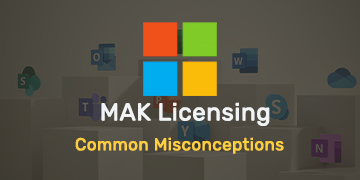
Common Misconceptions About MAK Licensing
Clarify misconceptions surrounding Multiple Activation Key (MAK) licensing with expert insights and accurate information.
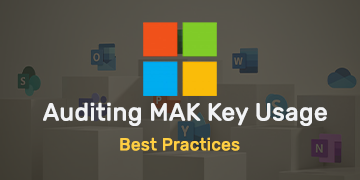
Auditing MAK Key Usage: Best Practices
Learn effective methods and best practices for auditing Multiple Activation Key (MAK) usage to maintain licensing compliance.

Tips for Smooth MAK Activation in Remote Locations
Learn how to ensure hassle-free Multiple Activation Key (MAK) activation in remote locations with these essential tips.
